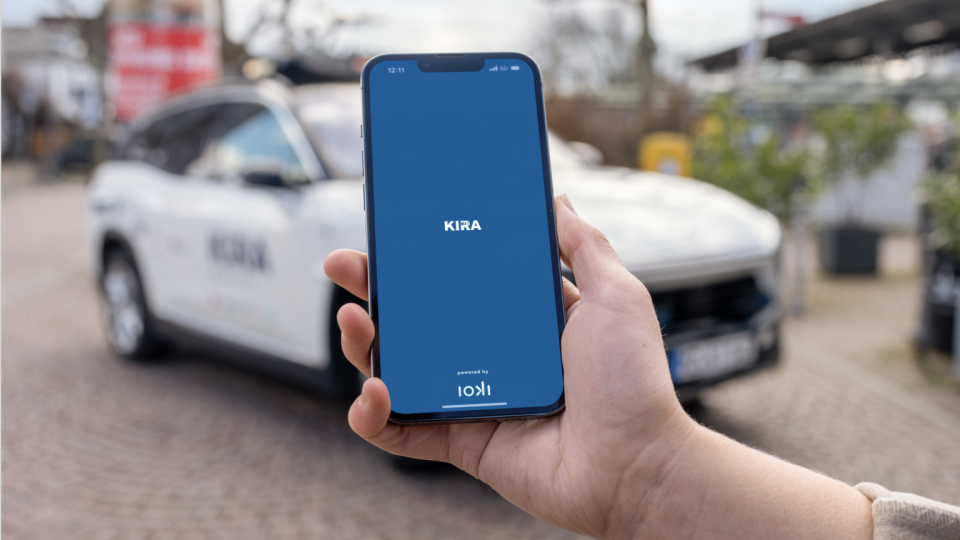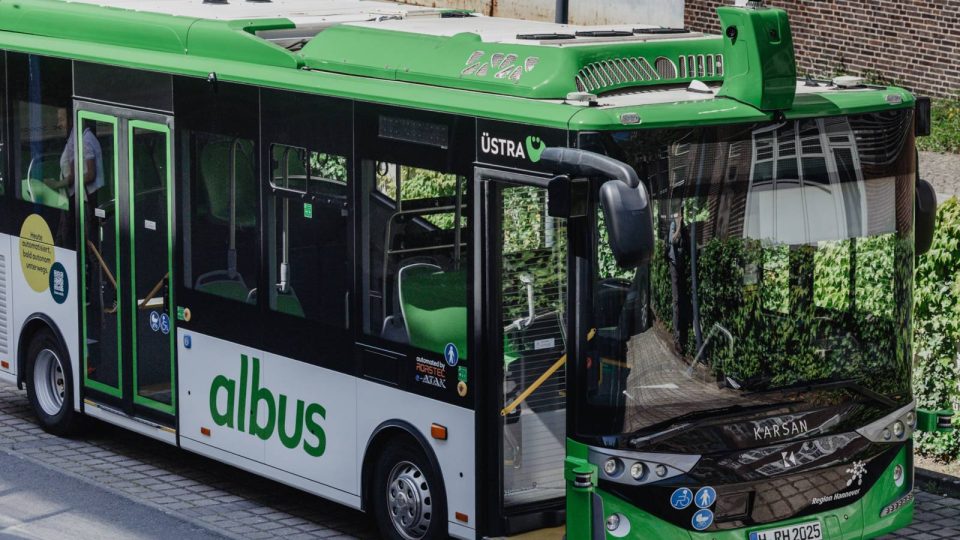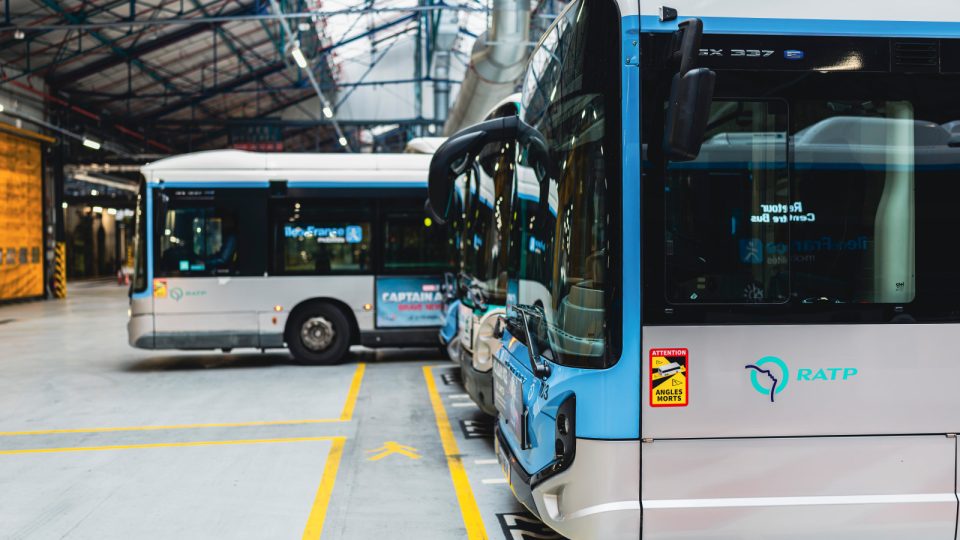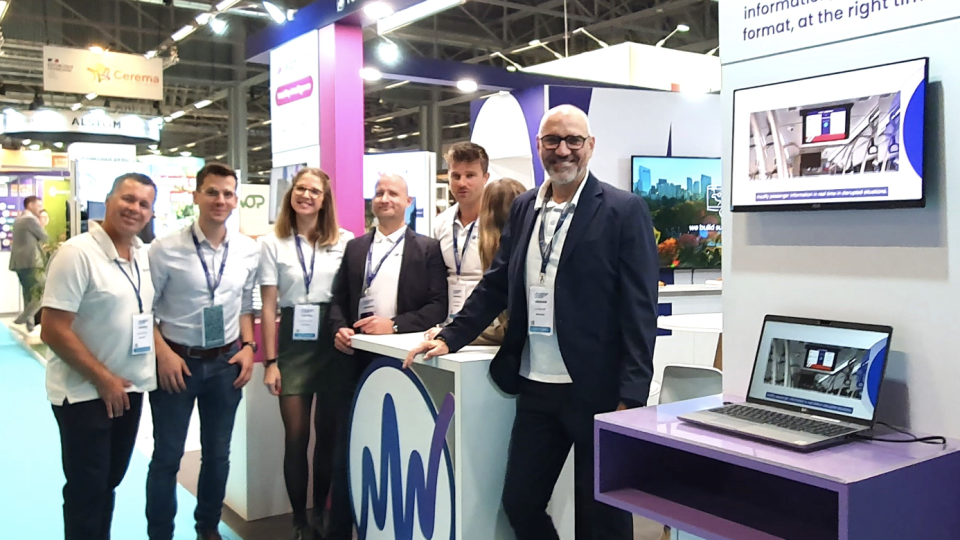Sycada and TU/e continues their quest to accurately forecast energy usage of ZE buses
New chapter in the cooperation between the ZE telematics company Sycada and the Technology University of Eindhoven, focusing on the goal of forecasting energy usage of ZE buses. More precisely, the target is the development of «a real-time energy prediction model that is able to accurately (within 1%) forecast energy usage and battery state-of-charge at […]
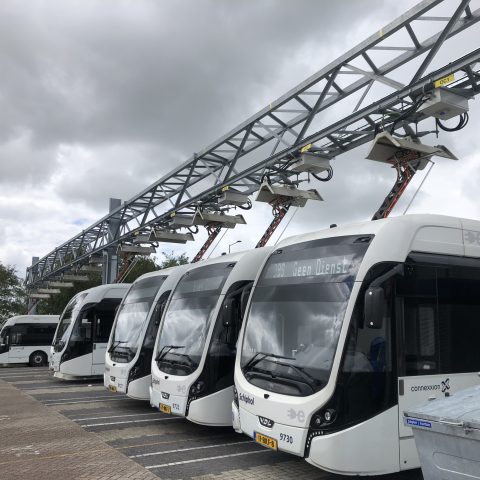
New chapter in the cooperation between the ZE telematics company Sycada and the Technology University of Eindhoven, focusing on the goal of forecasting energy usage of ZE buses. More precisely, the target is the development of «a real-time energy prediction model that is able to accurately (within 1%) forecast energy usage and battery state-of-charge at the end of a route, just shortly after the bus has commenced its journey», Sycada says.
The system allows for early flagging of critical SoC deviations that could ruin the current day-to-day planning and hence require adaptations in the planning. Plus, it allows for continuous improvements in tactical line- and charge planning by creating transparency in the impact of load, driving style, seasonality and other environmental factors on energy usage.
Kristian Winge, CEO of Sycada
Three years ago, a group of technology pioneers in their fields set out to create an integrated technology platform to facilitate operational excellence in zero-emission public transport. This initiative, called Cloud-Your-Bus (CYB), was co-funded under the EMEurope innovation program.
The initiative was initiated and led by Sycada, an Amsterdam-based market leader in ZE telematics in Europe. Their promise: reduce capital expenses by at least 10%, reduce operational disruptions and associated costs radically, and improve the quality of service at the same time. This system is available and in operation today.
Now, Sycada and the Technology University of Eindhoven takes the game even further in a new innovation project supported by the Dutch Ministry of Infrastructure and Waterways: the development of a real-time energy prediction model that is able to accurately (within 1%) forecast energy usage and battery state-of-charge at the end of a route, just shortly after the bus has commenced its journey. It does so by combining historic energy usage patterns with real-time updates of data variables in the bus, as collected by Sycada’s ITxPT certified data gateway.
“The practical usability of the model is twofold” says Kristian Winge, CEO of Sycada. “Firstly it allows for early flagging of critical SoC deviations that could ruin the current day-to-day planning and hence require adaptations in the planning. Secondly, it allows for continuous improvements in tactical line- and charge planning by creating transparency in the impact of load, driving style, seasonality and other environmental factors on energy usage. This creates much more forward visibility and control over operations than is available at the moment.“




